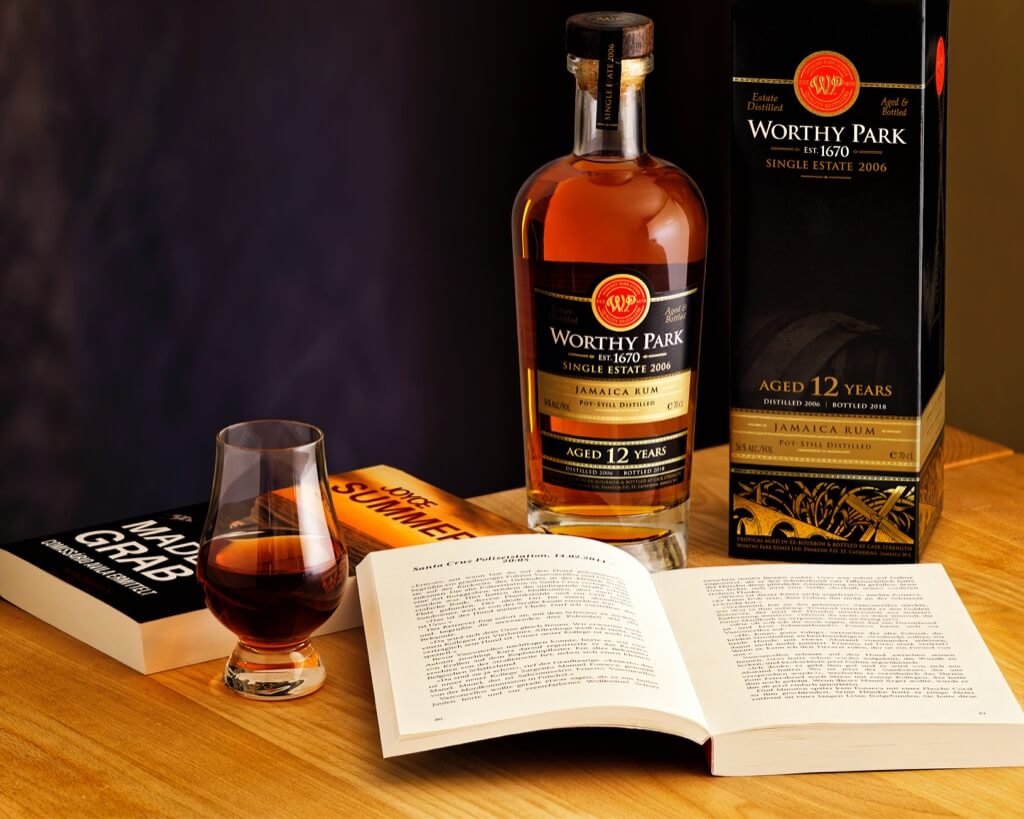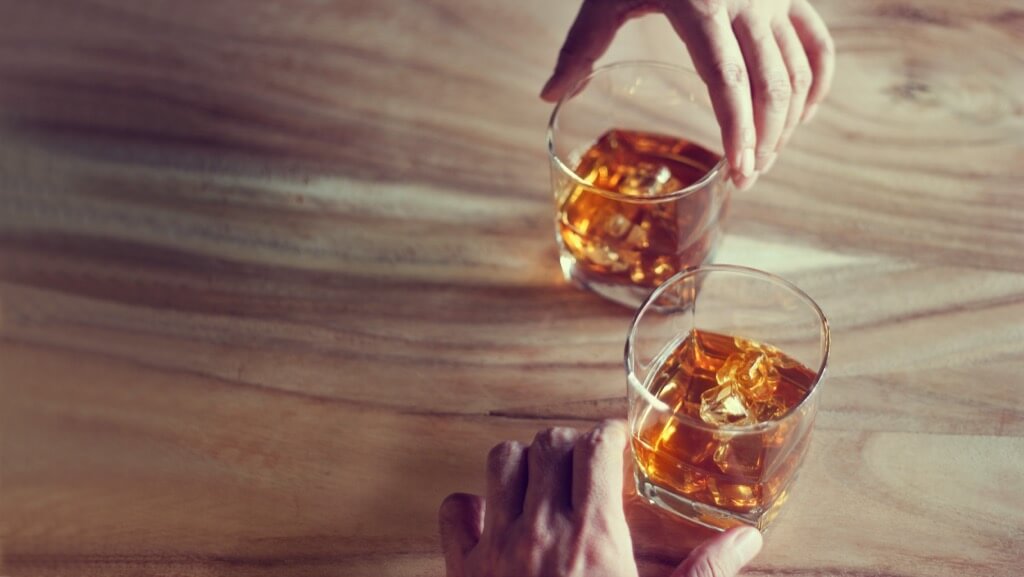While experts often say there are no wrong answers, navigating the complex vocabulary of whiskey tasting can sometimes feel like walking a tightrope. But fear not! This guide is designed to arm you with the tools and knowledge to sound like a seasoned whiskey connoisseur.
Before diving into the specifics of whiskey tasting, it’s crucial to build a strong foundation. Understanding the basics of whiskey – from its various types and production processes to the common terms used in its description – is key. Whiskey, or whisky, as it’s known in Scotland and Canada, is a distilled spirit made primarily from grains. The main types include Bourbon, Scotch, Rye, and Irish whiskey, each with distinct characteristics influenced by ingredients, geography, and aging processes.
Sight in Whiskey Tasting
When embarking on whiskey tasting, the visual examination is your first step in understanding its character. The color of whiskey can be quite telling; it’s a visual cue that hints at its journey before reaching your glass. A lighter hue often suggests a shorter aging period or the use of American oak casks, known for imparting a more subtle color compared to their European counterparts. In contrast, darker shades typically indicate longer aging or the influence of specific cask types, such as sherry or port casks, which impart richer tones. Observing the clarity and texture, such as the presence of oils, can also offer insights into the distillation process and the use of non-chill filtration techniques.
Nosing Whiskey
Nosing, or smelling the whiskey, is a critical aspect of the tasting process. It’s a step that prepares your palate and sets expectations. Start by swirling the whiskey gently in the glass to release its bouquet. Then, take a moment to inhale the aromas at different distances – some scents are more perceptible up close, while others are better appreciated from afar. The complexity of whiskey’s aroma can range from subtle notes like vanilla and citrus to bold characteristics like peat smoke or rich dried fruits. Identifying these notes not only enhances your tasting experience but also helps in articulating your perceptions more accurately.
Whiskey’s Body and Texture
After observing and nosing, it’s time to focus on the whiskey’s body and texture. This is about how the whiskey feels in your mouth – is it light and smooth, or rich and full-bodied? The body of a whiskey can influence your overall perception of its flavor profile. For example, a whiskey with a heavier, oilier texture might carry richer, more intense flavors, while a lighter one could be more delicate and subtle. This aspect of tasting is often overlooked but is crucial in distinguishing between different styles and expressions of whiskey.
Your Palate
Now, take a sip and let the whiskey coat your palate. This is where you discern the primary flavors. Is it sweet, spicy, or perhaps woody? Does it evoke memories of caramel, nuts, or fresh fruits? Each sip can unfold different layers of flavors, so take your time to savor and identify them. Remember, the initial taste can evolve into secondary flavors, offering a complex and rewarding experience. Discussing these flavors with fellow tasters can further enhance your understanding and appreciation of the whiskey.
Consider the finish – the flavors and sensations that linger after you’ve swallowed the whiskey. A long, enduring finish is often indicative of a high-quality whiskey. It’s where you might find subtler, nuanced flavors that didn’t appear on the initial tasting. The finish can vary greatly, from smooth and mellow to rich and lingering. Describing the finish not only rounds off your tasting experience but also helps in painting a complete picture of the whiskey’s profile.
The Role of Water and Dilution
- Start with a Neat Whiskey: Pour a small amount of whiskey into your glass and taste it neat (without any water). Take note of the initial flavors and aromas.
- Add a Few Drops of Water: Using a dropper or a spoon, add just a few drops of water to your whiskey. The key is to start small – you can always add more, but you can’t remove it once it’s in.
- Observe the Changes: Swirl the whiskey gently in the glass to mix in the water. Watch for any changes in the appearance, such as the release of essential oils that can create a slight cloudiness.
- Nose the Whiskey Again: Bring the glass to your nose and inhale gently. Notice if the addition of water has altered the aromas. You might find that certain scents become more pronounced or that new aromas emerge.
- Taste Again: Sip the whiskey and let it coat your palate. Pay attention to any changes in the flavor profile. Water can often release new flavors, soften the alcohol burn, and change the overall mouthfeel.
- Repeat if Necessary: If the whiskey still feels too strong or the flavors too concentrated, add a few more drops of water and repeat the process of nosing and tasting.
- Keep a Record: Make notes about your experience. Document the whiskey’s name, its characteristics before and after adding water, and your overall impressions.
Palate Development
- Diversify Your Selection: Aim to try a variety of whiskeys from different regions and styles (e.g., Bourbon, Scotch, Rye, Irish). Include both standard and cask-strength options.
- Taste Regularly: Consistency is key in palate training. Try to arrange regular tasting sessions, even if it’s just a small dram.
- Use a Tasting Wheel: A whiskey flavor wheel can help identify specific flavors and aromas. Refer to it during your tasting to sharpen your ability to pinpoint different notes.
- Take Detailed Notes: During each tasting, write down your observations. Describe the flavors, aromas, the whiskey’s body, and finish. Over time, compare your notes to see how your perceptions and language evolve.
- Cleanse Your Palate: Between different whiskeys, cleanse your palate with water or a neutral cracker. This helps reset your taste buds and reduces flavor carry-over.
- Participate in Tastings and Workshops: Whenever possible, join organized tastings or workshops. These can provide new insights and expose you to a broader range of flavors.
- Share and Discuss: Discuss your findings with other whiskey enthusiasts. Sharing perceptions can provide new perspectives and enhance your understanding.
- Reflect and Revise: Periodically review your tasting notes. Look for patterns in your preferences and note how your palate and descriptive abilities have developed.
Building a Whiskey Vocabulary
Utilizing comparative descriptions can be incredibly effective in painting a vivid picture of a whiskey’s profile. This technique involves relating the whiskey’s characteristics to familiar experiences, scents, or flavors, thereby making your description more relatable and vivid. For example, describing a smoky whiskey might involve comparing its aroma to a ‘campfire on a chilly night,’ instantly conjuring images and sensations that most people can relate to. This kind of imagery can transport the listener, helping them to connect more deeply with the whiskey. Similarly, likening the sweetness of a whiskey to ‘caramel drizzled over baked apples’ rather than just calling it ‘sweet’ provides a more tangible and relatable flavor profile.
Incorporating emotional language into your whiskey descriptions can also resonate deeply with your audience. Describing a whiskey as comforting and warm, reminiscent of ‘sitting by the fireplace on a winter evening,’ can invoke feelings of coziness and contentment. Alternatively, describing a whiskey as vibrant and lively, evoking a spirited dance in a summer festival,’ can convey a sense of energy and excitement. This approach not only details the whiskey’s flavor profile but also connects it to emotions and experiences, making the tasting a more immersive and personal experience.
Integrating storytelling elements into your whiskey descriptions can captivate and engage your audience. For example, narrating the whiskey’s journey from the distillery, through aging in oak casks, to the final product in the glass, adds depth and context to its flavors. Describing how the coastal winds and sea spray contribute to a whiskey’s salty, maritime character, or how the local flora around the distillery imparts unique floral notes, can transform a simple tasting note into a captivating story. This approach not only informs but also entertains, creating a memorable whiskey-tasting experience. Key phrases to keep in mind:
- “Opening Up with Water“: Use this phrase to suggest adding water to the whiskey to enhance its flavors, indicating a thoughtful approach to tasting.
- “Preferring a Higher Proof“: Suggest that a higher proof might bring out more robust flavors, a safe comment when uncertain about a whiskey’s strength.
- “The Devil is in the Details“: Use specific descriptors like “Greek lavender honey” or “a chilly autumn evening on Skye” to paint a vivid picture of the whiskey’s flavors and aromas.
- “Embracing Ambiguity“: Opt for broader terms like “stone fruit” or “baking spices” to leave room for interpretation and demonstrate a wide palate range.
- “Vanilla and Nuts: The Classics”: Employ phrases like “a touch of vanilla” or imaginative descriptors such as “roasted salted almonds from Jerez in April” for nutty notes.
- “Seasonal References“: Use phrases like “Christmas cake” to describe whiskeys with sherry influences, evoking rich, spiced, and fruity profiles.
- “Esters and Phenols“: Discuss “fruity esters” for fruity flavors and use “phenolic” for peaty aromas, showcasing technical knowledge.
- “The Rancio Effect“: Employ this term to describe the complex, nutty, and dried fruit-like flavors found in aged whiskies, adding sophistication to your tasting notes.
Ultimately, the path to appreciating whiskey in all its depth is marked by a thoughtful synthesis of sensory perception and articulate communication. It’s about seeing beyond the glass, smelling more than just spirits, and tasting beyond the surface flavors. By developing a nuanced understanding of whiskey’s various aspects and learning to express these insights with precision and flair, you not only deepen your appreciation but also gain the ability to share this rich experience with others





